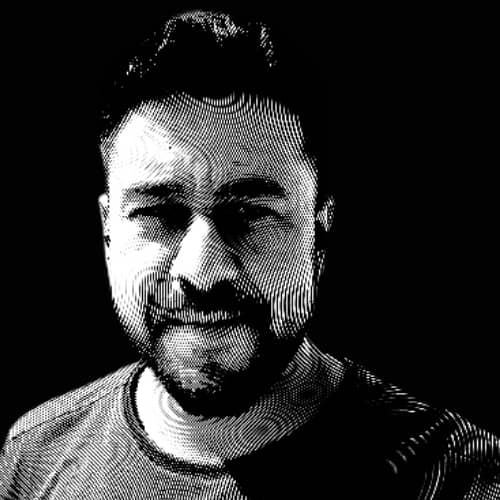OpenAI's latest image generation model, GPT-Image-1, offers notable improvements over its predecessors, DALL·E-2 and DALL·E-3. The most immediate advantage is cost efficiency—GPT-Image-1 is significantly cheaper to operate, making it more accessible for both individual users and businesses. Beyond pricing, the model demonstrates superior prompt adherence, generating images that more accurately reflect user inputs with fewer errors. While DALL·E-3 already improved upon DALL·E-2 in terms of coherence and detail, GPT-Image-1 refines this further by reducing artifacts and inconsistencies, particularly in complex scenes involving multiple objects or abstract concepts.
One of the key technical advancements in GPT-Image-1 is its ability to handle nuanced prompts with greater precision. Where DALL·E-2 often struggled with fine details and DALL·E-3 occasionally over-interpreted requests, GPT-Image-1 strikes a better balance, producing outputs that align more closely with user intent. This improvement is likely due to enhanced training data and better fine-tuning of the underlying architecture. Additionally, the model processes requests faster, reducing wait times without compromising output quality, a practical benefit for users generating large batches of images.
Another area where GPT-Image-1 excels is in generating human figures and text within images, historically weak points for earlier models. DALL·E-2 frequently distorted faces or rendered text illegibly, while DALL·E-3 made strides but still had inconsistencies. GPT-Image-1 addresses these issues with more stable outputs, making it more viable for applications requiring readable text or realistic human features. The model also handles stylistic variations more reliably, whether replicating specific art movements or adhering to precise compositional guidelines.
For users considering the switch from DALL·E-2 or DALL·E-3, GPT-Image-1 presents a compelling case. The reduced cost, combined with higher accuracy and faster processing, makes it a practical upgrade. While no model is perfect, GPT-Image-1’s refinements suggest OpenAI is steadily closing the gap between AI-generated and human-created visuals. As with any tool, the best approach is testing it against specific use cases, but the improvements in this iteration are clear and measurable.
